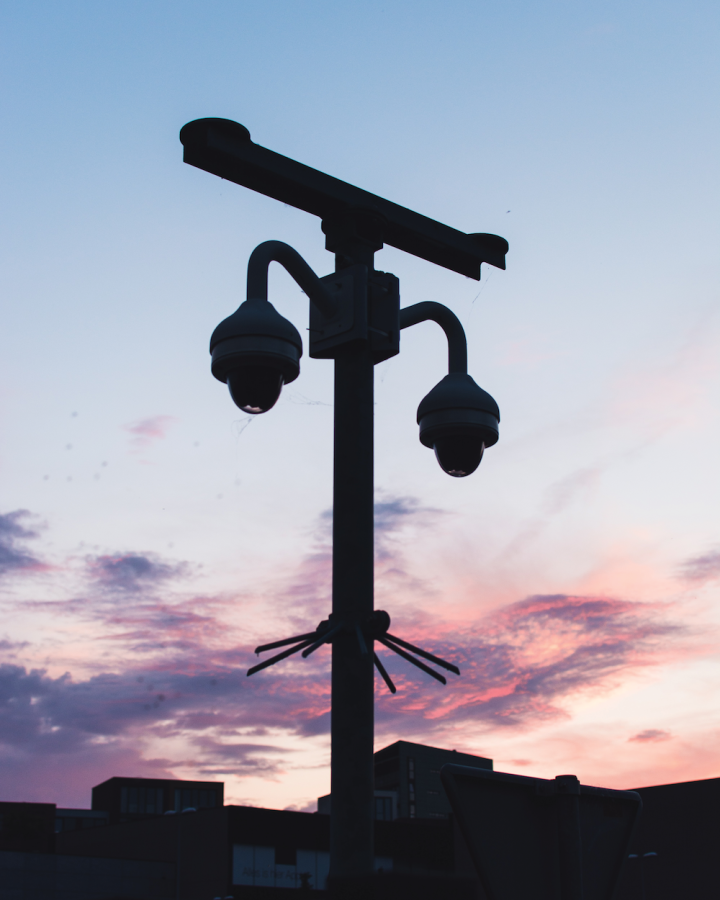Why we need cameras in federal courts
Guest Columnist Dave Busiek argues in favor of cameras in federal courts.
Apr 10, 2023
Editor’s note: This story was originally published on March 19, 2023 by Iowa Capital Dispatch.
It is high time the federal judiciary got over itself and joined the 20th century, much less the 21st. Here we are some 70 years after the invention of television, and our federal court system still operates behind a black curtain that keeps all of us from better understanding the critical decisions being made that affect our lives.
Look at what’s happening in our federal courts. Last week, a federal judge in Texas held a four-hour hearing into whether he should ban the nationwide sale of the abortion-inducing drug mifepristone.
We can read print accounts that the Trump-appointed conservative judge asked questions that indicated he might impose such a ban. We can read print versions telling us of the impassioned court arguments from both sides in the case. But imagine how much better informed we would be if we could watch the hearing, hear the context of the questions and answers, and make our own judgments about the case.
For many months now, federal juries have been hearing criminal cases against those charged with storming the U.S. Capitol on Jan. 6, 2021. Those accused remain largely faceless because cameras are not allowed in federal court. Almost all of those charged have been convicted. Wouldn’t it help all Americans, regardless of their political views, to see and hear the evidence against the defendants?
Iowa’s court system has a presumption of openness to permit cameras in state courts, both criminal and civil. The Iowa system has worked well for more than 40 years, with few problems. There are common-sense rules that make the system work.
The media cooperate to take a pool feed from one video camera and one still camera. The rules require the media to work out any conflicts and not burden the judge or attorneys with problems. The media doesn’t show the jury. We don’t cover jury selection. Sensitive testimony, such as from children, is usually prohibited. There is no legal reason not to be able to make this work in federal courts.
Minnesota courts have historically been more restrictive for cameras. If either attorney objected to a camera’s presence, the judge would keep cameras out. That made it far too easy to block camera access. But an amazing thing happened during the trial of Minneapolis police officer Derek Chauvin, charged with murdering George Floyd. Largely because of COVID restrictions, the judge allowed cameras so interested parties could watch without being jammed together in a courtroom.
And guess what? It worked so well that Minnesota’s supreme court this week changed the rules to make it easier to allow cameras. Chief Justice Lorie Gildea wrote that the rules “will promote transparency and confidence in the basic fairness that is an essential component of our system of justice…”
Federal judges, do you hear that? At a time when more Americans are questioning the fairness of our courts, wondering why long-standing case law changes simply because the people putting on the robes have changed, isn’t it time to adopt rules that will “promote transparency and confidence in the basic fairness” of our federal court system?
If and when former President Donald Trump is ever indicted for federal crimes, I cannot imagine a more important case for ALL Americans — on all sides of the political spectrum — to be able to see and hear for themselves when a former president is for the first time brought before a jury of peers. Of course, it’s possible Trump may be charged in state courts in Georgia or New York, too. Georgia permits cameras. New York – the nation’s media capital – does not.
There are always objections. Opponents argue that lawyers may grandstand. Witnesses may be reluctant to testify. Do we really want Americans seeing for themselves what happens in court? All I know is that more than 40 years of experience in Iowa shows that all such issues can be managed successfully. And the benefits of an open and accessible courtroom far outweigh any issues that may arise.







